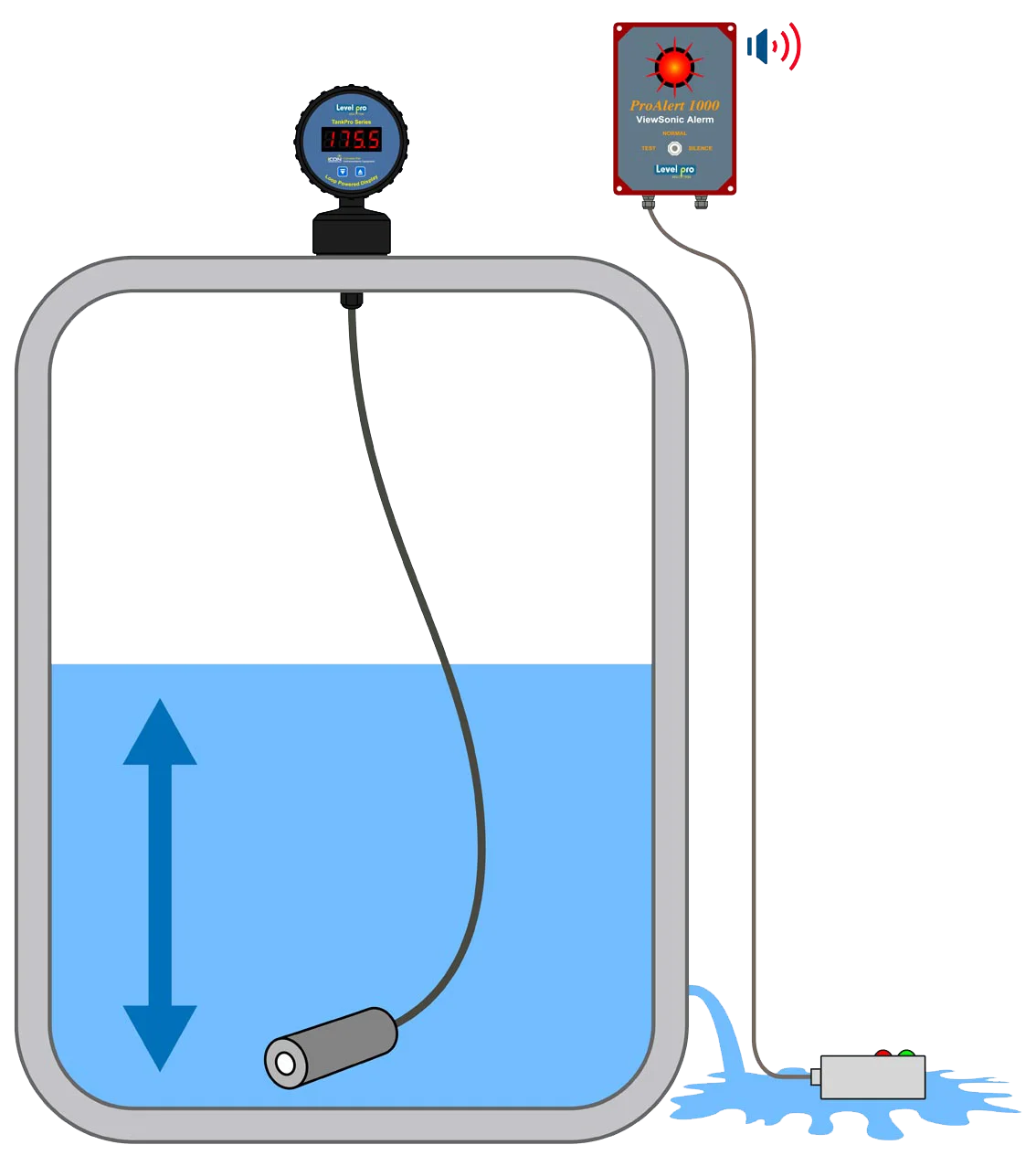What You Need To Know About Tank Level Alarms

A tank level alarm is a device that is used to monitor the level of liquid in a tank and provide an alert when the liquid reaches a certain level. These alarms are commonly used in industrial settings, such as in tanks that store chemicals, fuel, or water.
There are several different types of tank level alarms, including:
- Float-based alarms, which use a float that rises and falls with the level of the liquid, and triggers an alarm when the float reaches a certain position.
- Ultrasonic alarms, which use sound waves to measure the distance to the surface of the liquid and calculate the liquid level.
- Radar-based alarms, which use radio waves to measure the distance to the surface of the liquid and calculate the liquid level.
- Conductivity-based alarms, which measure the conductivity of the liquid to determine the liquid level.
Tank level alarms can be configured to trigger an alarm when the liquid level reaches a certain high or low level, known as a high-level alarm or a low-level alarm. These alarms can be used to prevent overflow or to alert operators when the tank is running low on liquid.
In some cases, tank level alarms can be integrated into a larger monitoring and control system, such as a SCADA system. This allows operators to remotely monitor the liquid level in multiple tanks and receive alerts when the liquid level reaches a critical level.
It is important to note that tank level alarms are not a substitute for regular inspections and maintenance of tanks, and tanks should be inspected regularly to ensure that they are in good condition and that there are no leaks or other issues.
Learn more about tank level sensors
Learn more about tank level alarms
Please contact us to discuss your application


